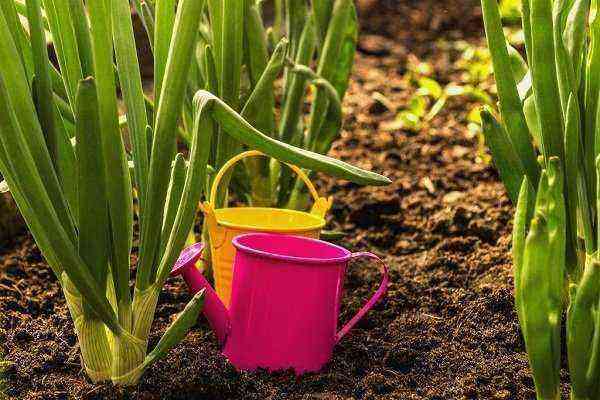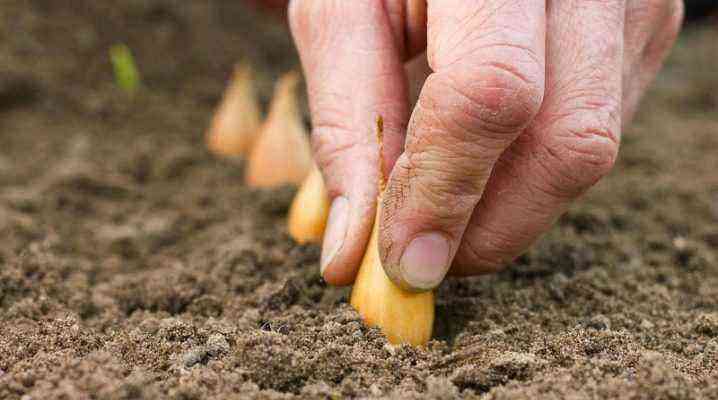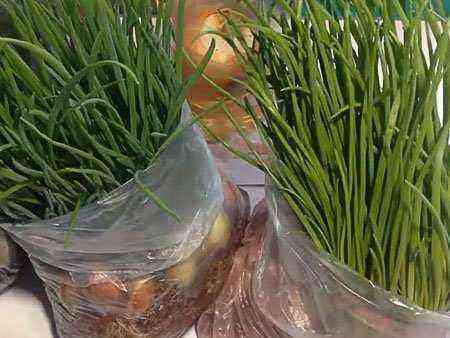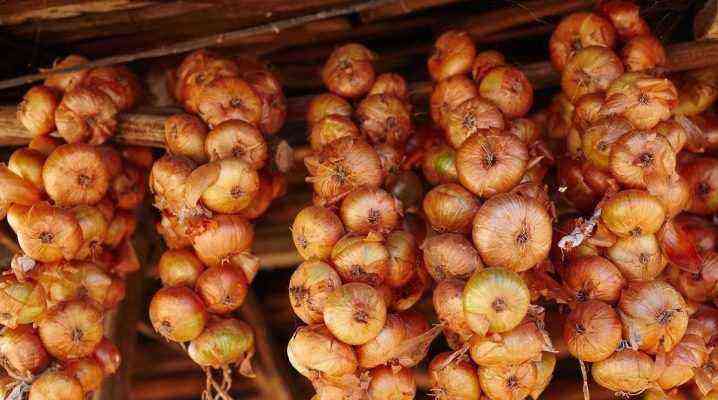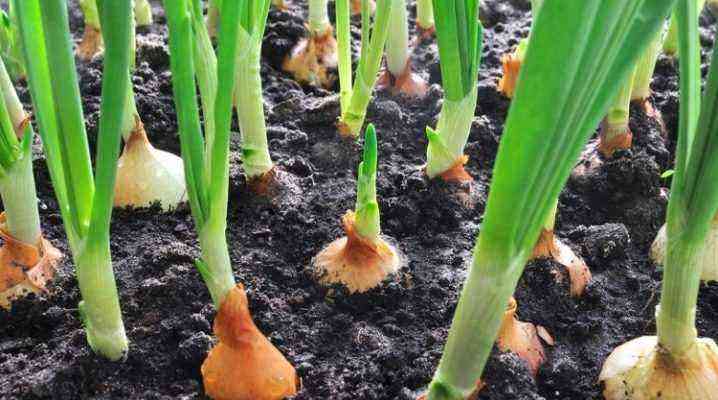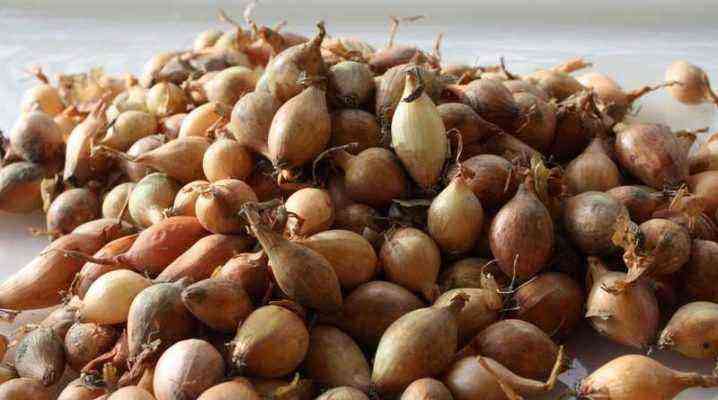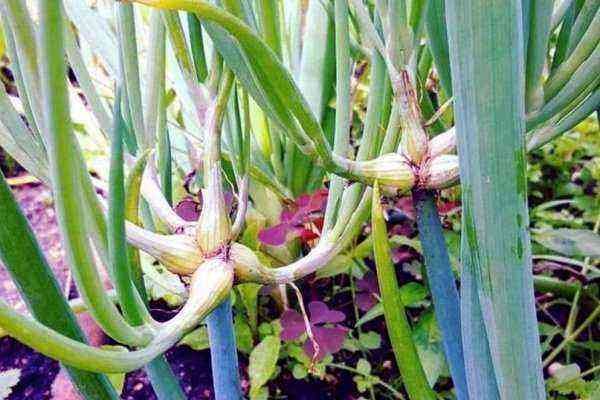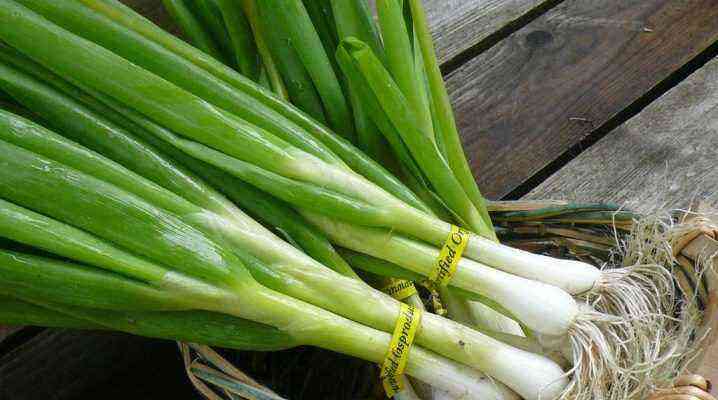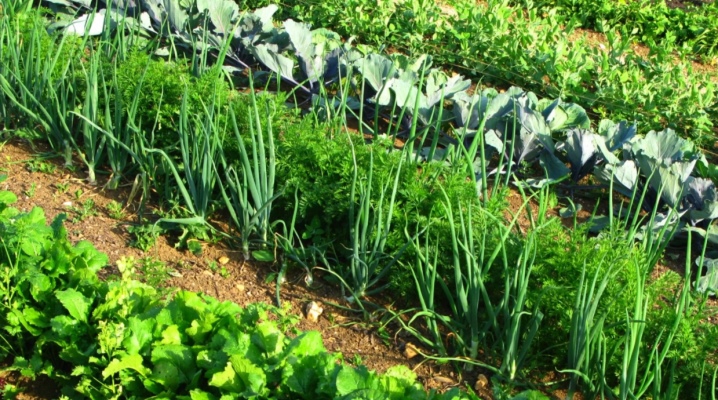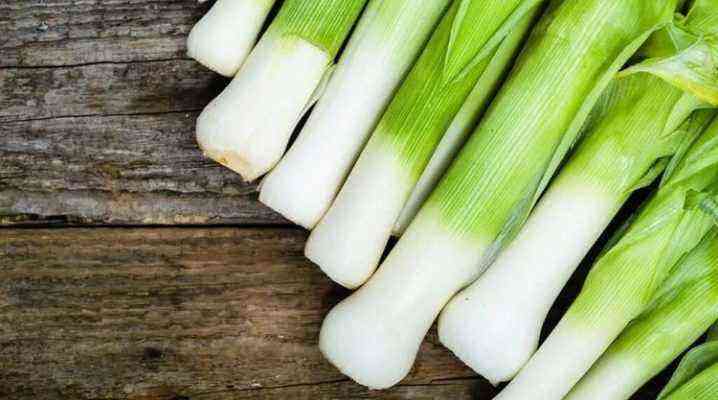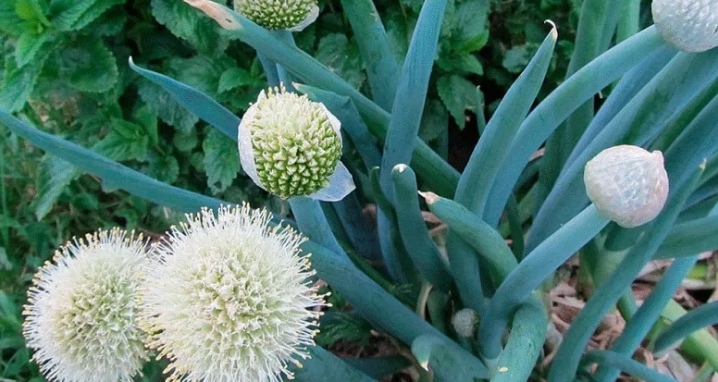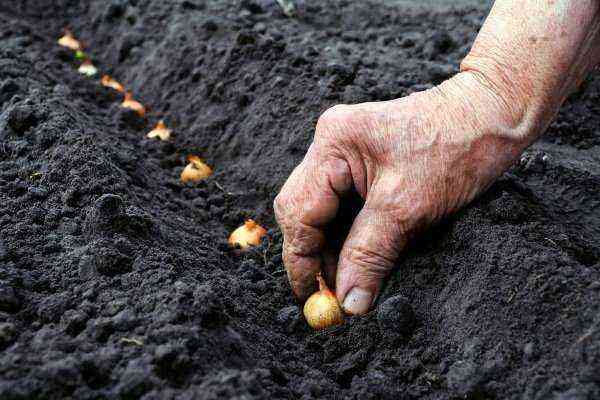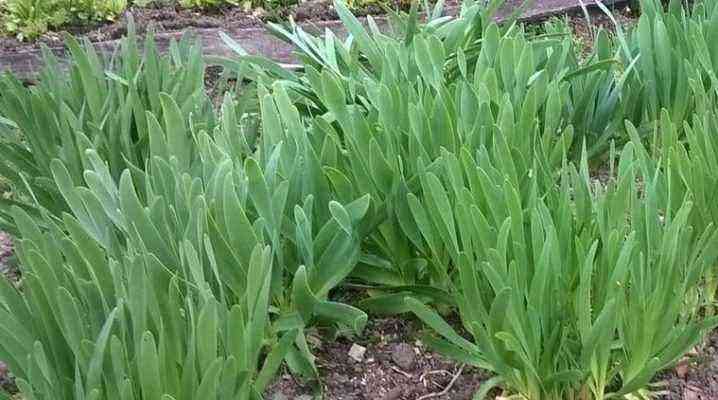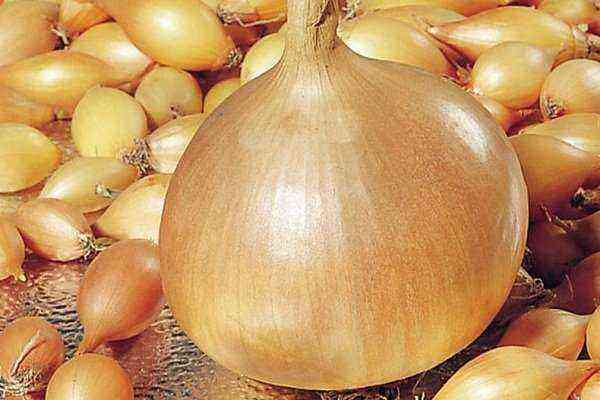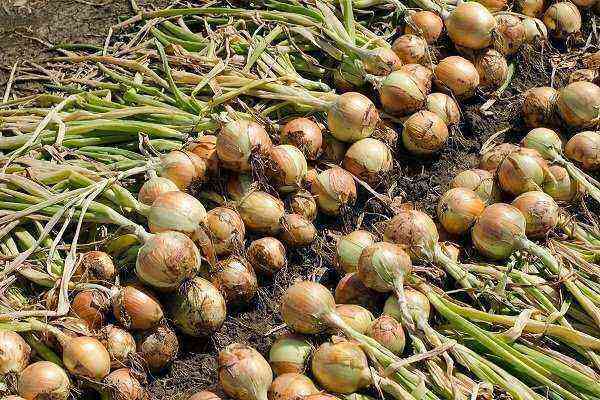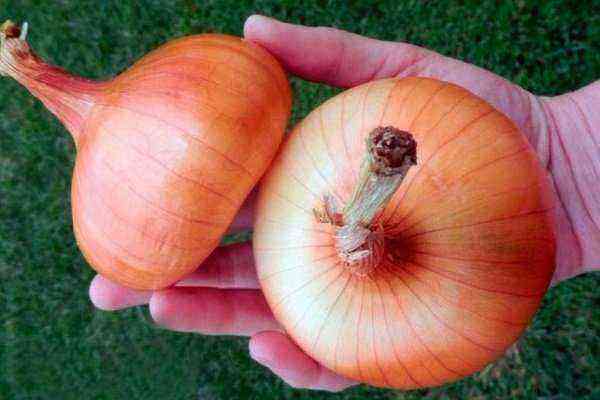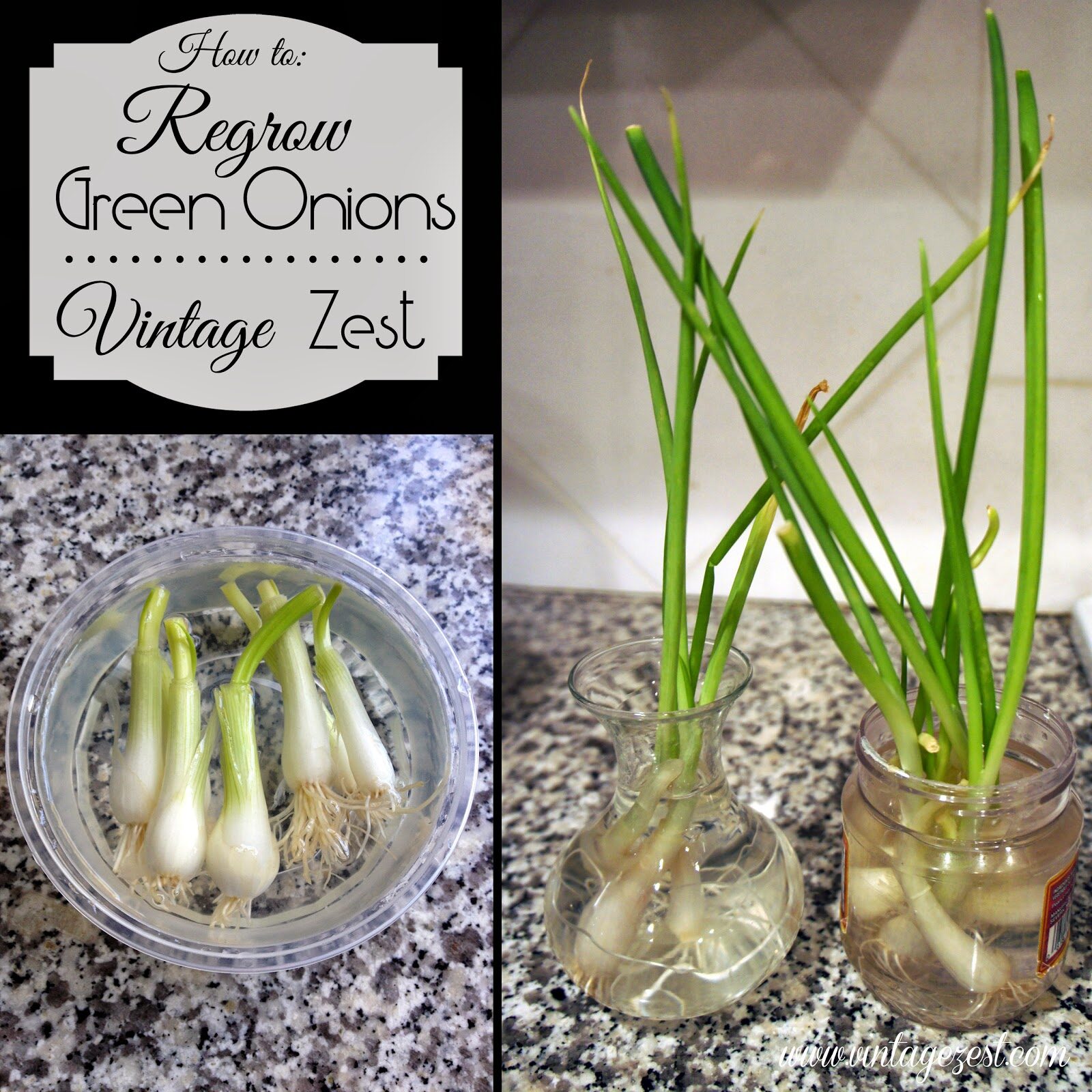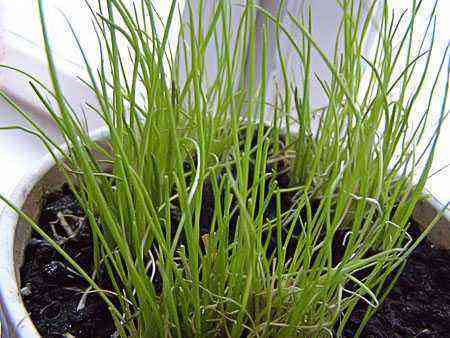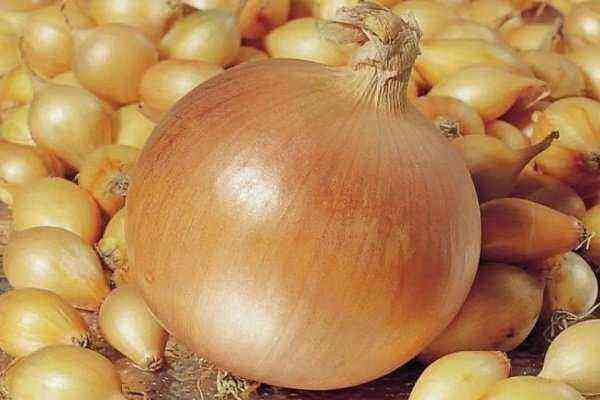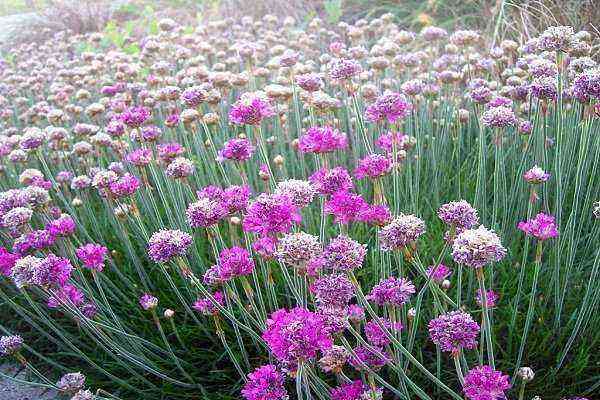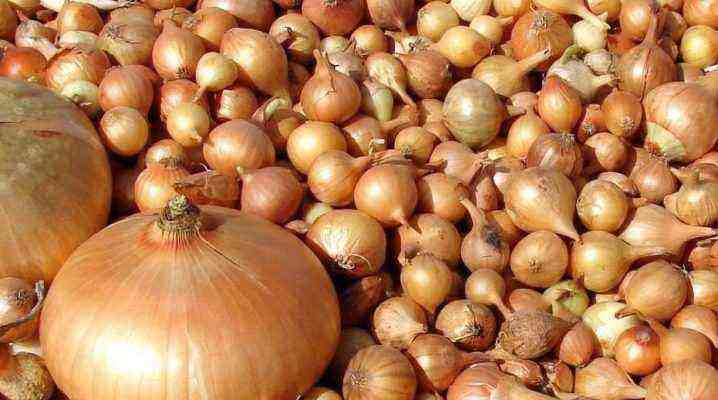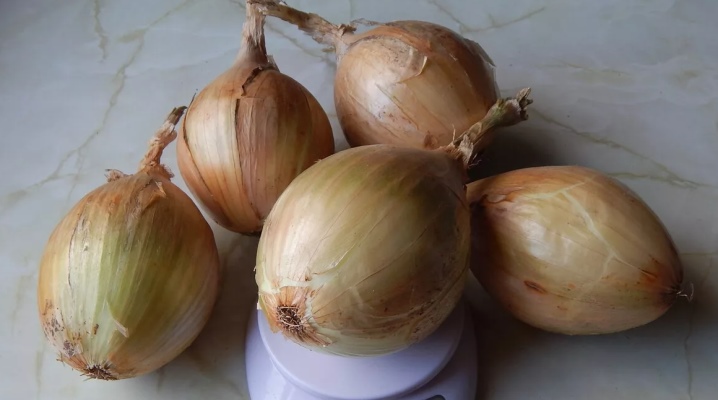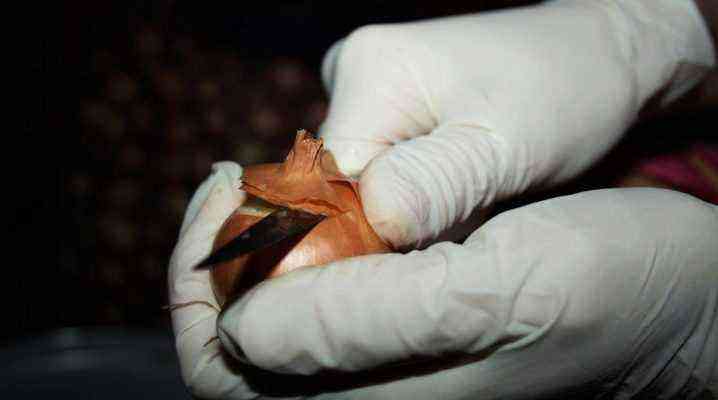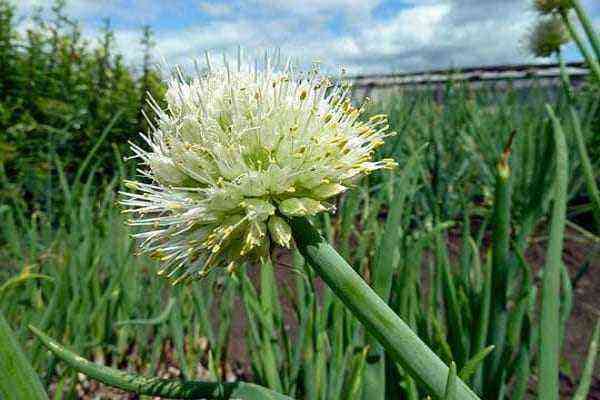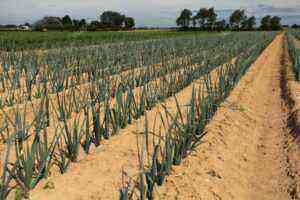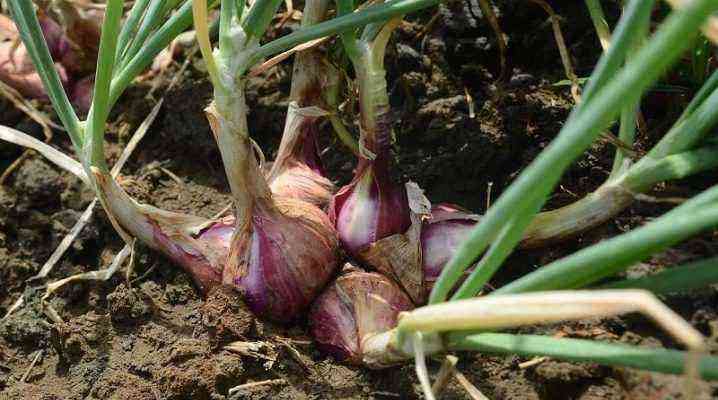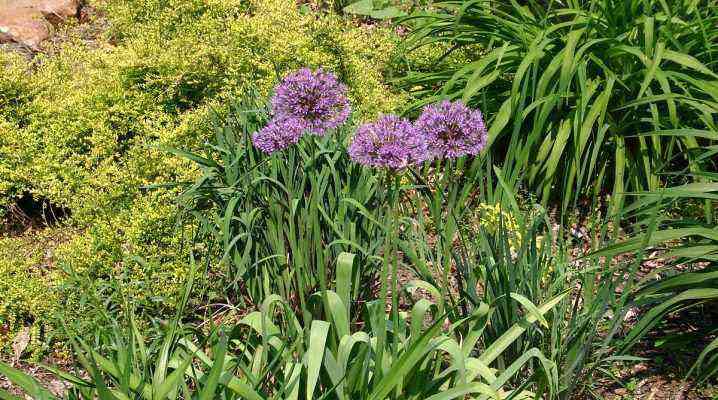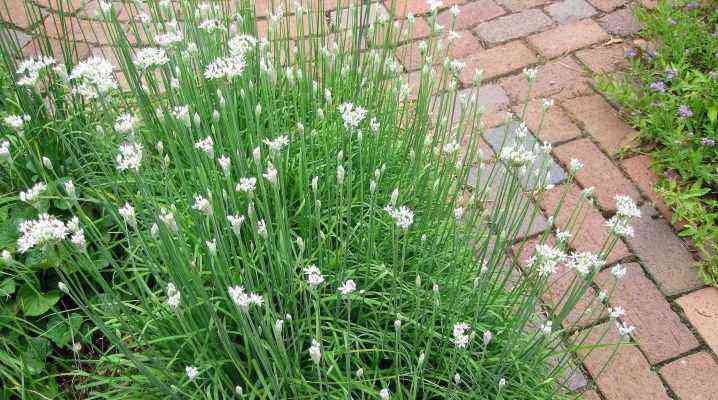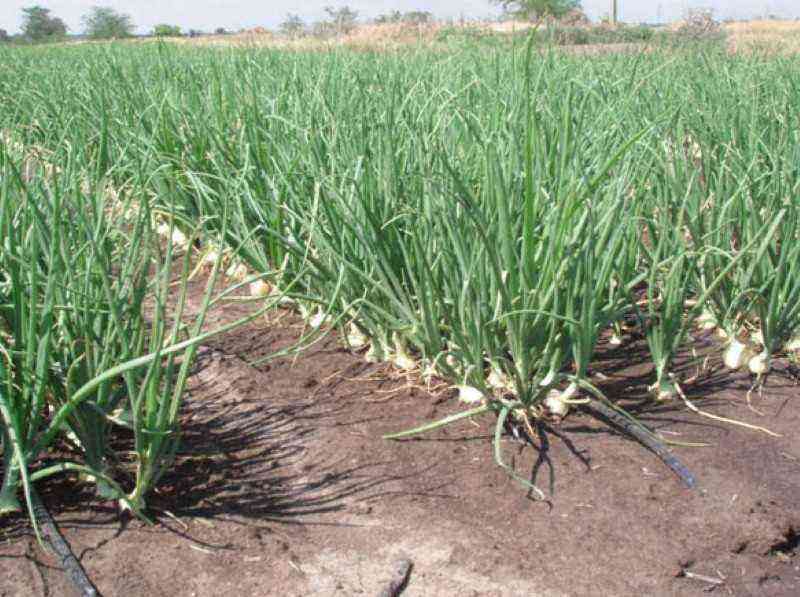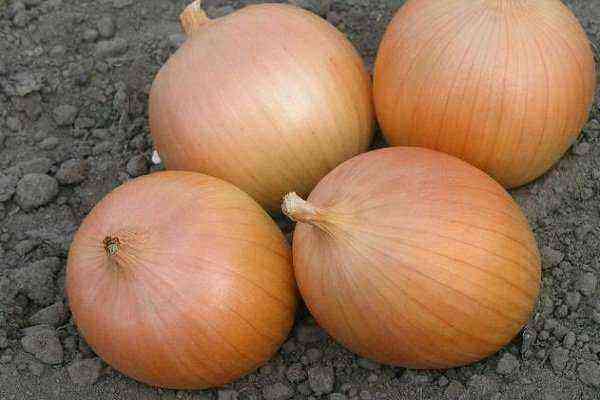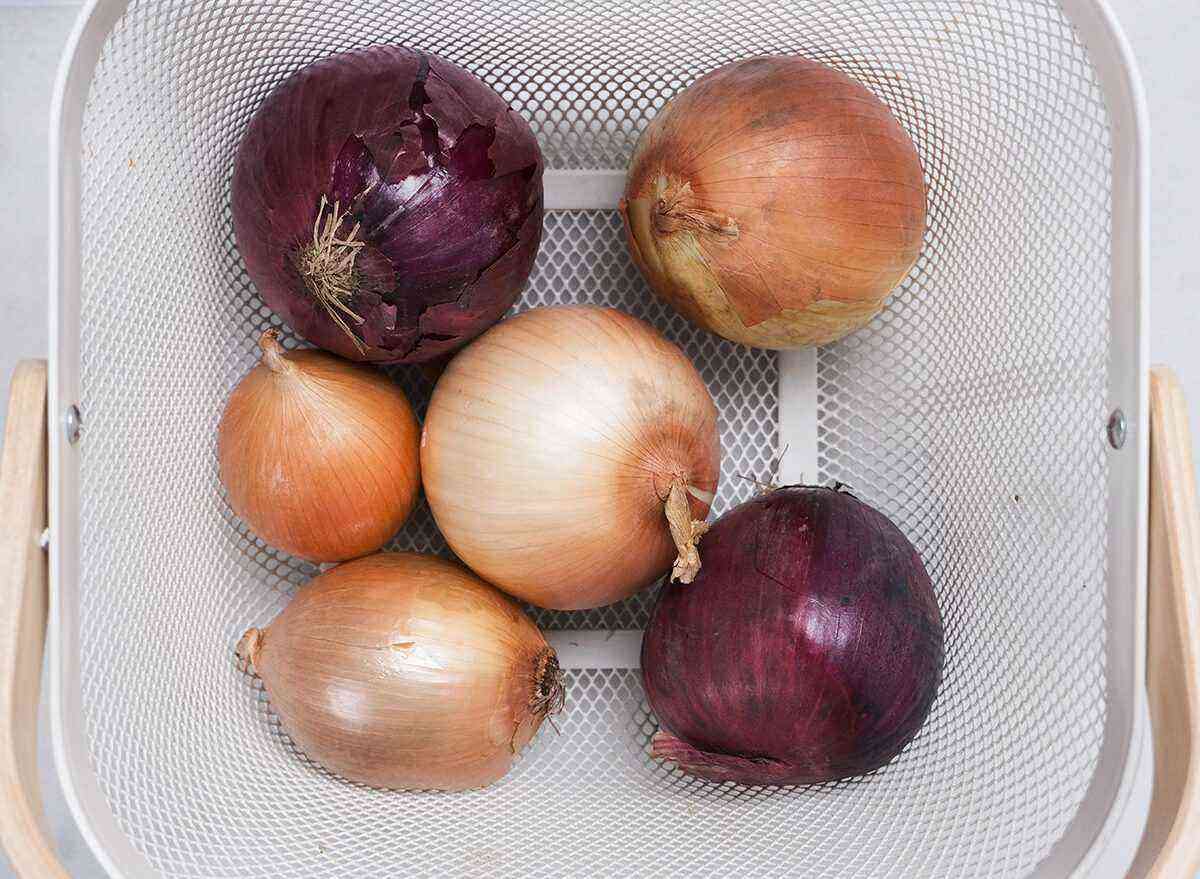Other names of the Indian onion are tailed birdman, sea onion, Chinese, false, Mongolian, brandushka, hellish root. In England, the onion is called the star of Bethlehem, in Germany – milk star, in Israel – hawk’s milk.
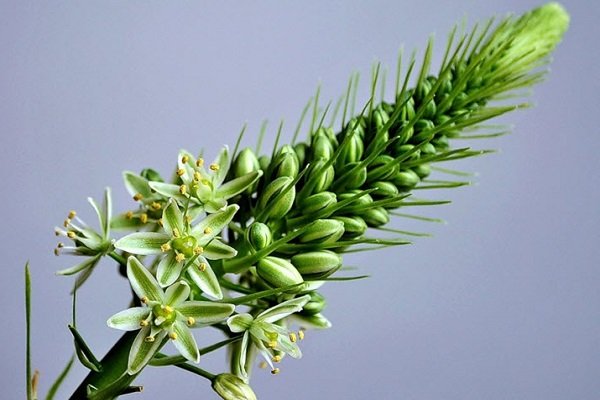
Indian onion has a lot of useful properties

Indian onion
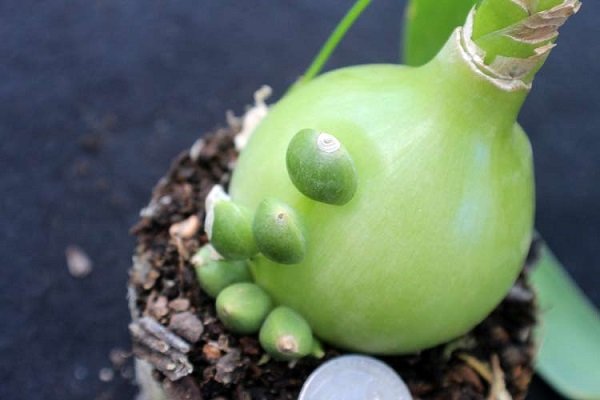
The root part of the onion is located on the surface of the soil
General characteristics
Indian onion is an exotic vegetable that is common in South Africa, India, China, the Mediterranean regions, the European continents (central, southeast). In the CIS countries, onions appeared after the 50s of the last century.
The birdman belongs to a perennial plant of the Lily family, is a distant relative of lily of the valley and other flowers. In terms of external indicators, it resembles Kalanchoe, Aloe and similar plants, so the brandushka is often confused with indoor flowers.
It has a lot of useful properties, therefore it is popular in traditional medicine and cosmetology. For the preparation of tinctures, all parts of the onion are used.
Indian onions are unpretentious in care, live up to 30 years, do not require much light, heat and humidity, grow on the street and in residential premises. Age is determined by the number of leaves – a new element appears in the year of vegetation.
Indian bulbs are used with extreme caution, as they contain milky juice (whitish in color), which contributes to severe burns. For this reason, fresh liquid and prepared products are taken in strict accordance with the indicated dosages.
Description of the plant
A feature of the Indian onion is the location of the root part on the surface of the soil, due to which the plant differs from other varieties. External indicators have their own characteristics:
The composition and properties of Indian onions
Indian onion consists of biologically active and beneficial substances that have a therapeutic effect on the body. What is included:
- essential oil;
- alkaloids – colchicosides, thiocolchicines, colchicines;
- glycosides;
- organic acids;
- antioxidant quercetin;
- microelements;
- macronutrients.
Thanks to these compounds, the Indian onion has the following effect:
- relieves pain;
- eliminates inflammatory processes;
- suppresses pathogenic microbes;
- expands capillaries and blood vessels;
- accelerates peripheral circulation;
- prevents the formation of blood clots, thinning the blood;
- destroys parasites and viruses;
- regenerates damaged tissues and cells;
- has keratolytic, antitumor, antigout properties;
- warms;
- strengthens the walls of blood vessels.
Official medicine does not recognize Indian onion as a drug for oral use, but without skepticism refers to gels based on brandy and hot pepper, as the plant warms and irritates receptors in the joints, which leads to a decrease in inflammation.
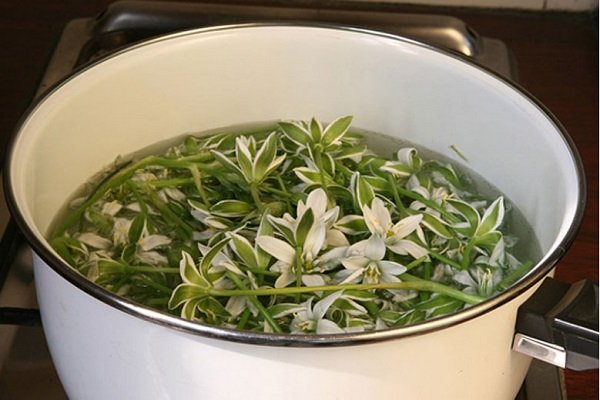
Applications
Indian onions are included in the group of birdmen who are strictly forbidden to eat. However, the tailed variety is an exception – it can be used for frying, pickling, baking and fresh consumption. The infernal root has found application in cosmetology – alcohol tinctures, lotions, tonics, decoctions for the face and hair are made from it.
The most popular Indian onion in folk medicine. Tinctures, ointments and other remedies are made from it in such pathological conditions:
Traditional healers recommend using Indian onions for weight loss and cellulite removal, and in an external way. To do this, the pure juice of the plant is diluted in a ratio of 1:10 with vegetable-based oil and rubbed daily into the skin of the problem area.
How to plant and grow Indian onions at home?
Indian onion is a perennial plant that does not tolerate cold, so it is impossible to grow it only in the beds. Therefore, stock up on large pots (the root of an adult crop reaches 1 m) for transplanting for wintering. The brandushka is planted in different ways, depending on the type of reproduction.
seed material
The main condition is pollinated seeds, which can be collected independently in spring or summer. How to sow them:
Bulbs
To obtain individual bulbs, it is necessary to divide the adult onion into parts. Landing method:
- prepare pots from natural material (clay, peat);
- pour expanded clay on the bottom;
- add a substrate of sand, leaf and sod land;
- make a hole;
- deepen the bulb;
- sprinkle with soil;
- moisturize.
sprouts
Children are harvested after the Indian onion has faded. The landing method is identical to the previous one. The term of root formation is 14-16 days.
Do not forget that the onion grows quickly enough, and the root system develops long. Therefore, periodically dive the bulbs into large pots. Do it boldly, as the root is strong, easily tolerates transplantation.
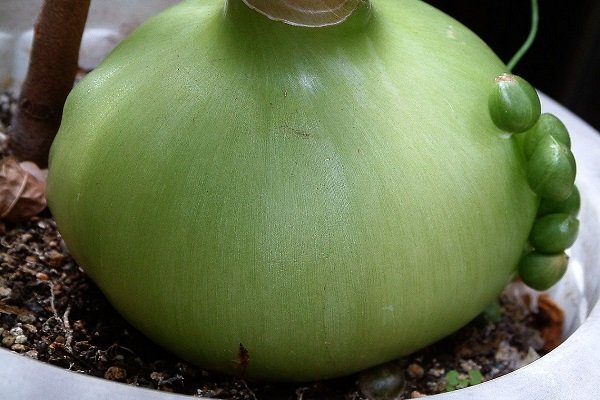
Care instructions
When growing an Indian bulb crop, follow the basic rules of care:
Landing in open ground
The minimum temperature regime at which the Indian onion develops is +10 degrees, which obliges gardeners to transfer the plant to a warm room for the winter period. Brandushka easily adapts to new conditions, so it is not afraid of picks and transplants.
Features of planting in the garden:
The culture for the summer period can not be transplanted at all, but simply taken out in a pot, but this will not contribute to rapid growth. Why it is advisable to transplant Indian onions into garden beds:
- there is no need to fertilize often – it is enough to use organic matter once a month;
- feather development is accelerated;
- natural pollination is carried out, due to which the number of seeds and children increases;
- the plant blooms more abundantly and longer.
Transplant process:
- carefully remove the root system from the pot;
- prepare a bed – dig a hole along the length of the root (depending on age);
- moisten the earth;
- insert the bulbs at a distance of 2-5 cm from each other;
- sprinkle with soil, compact, pour water.
Methods of reproduction
Indian onions reproduce easily and quickly at home. In addition, there are three ways to do this:
How to harvest and store Indian onions?
If you grow bulbs of this variety for therapeutic purposes, it is enough to trim the leaves as needed.
If there are too many feathers, and you need to prepare them for future use, you should collect them, put them in a plastic bag and place them in the refrigerator.
Another way is to squeeze out the juice right away. Bulbs are stored in the same way as regular onions.
Features of the Indian bow (video story)
From this video you will learn how to grow Indian onions, as well as what useful properties it has:
The use of Indian onions has restrictive contraindications, so consult your doctor in advance if you have chronic diseases. And when growing a brandushka at home, follow the agrotechnical requirements.
